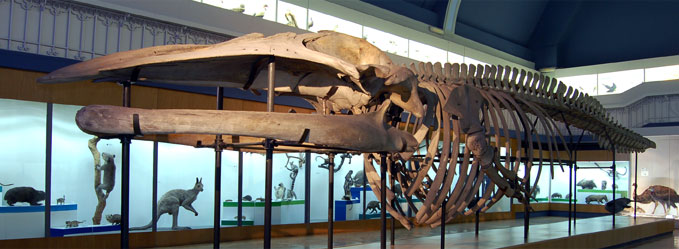
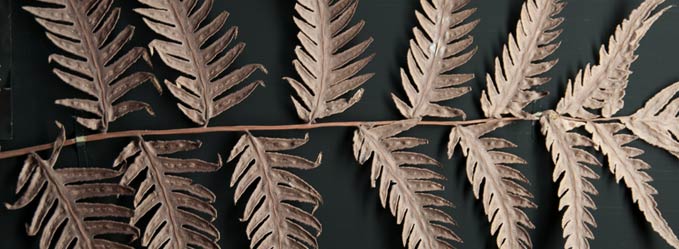
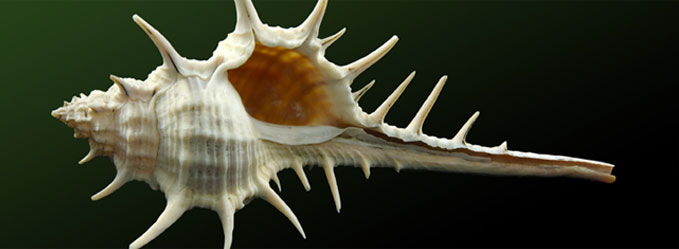
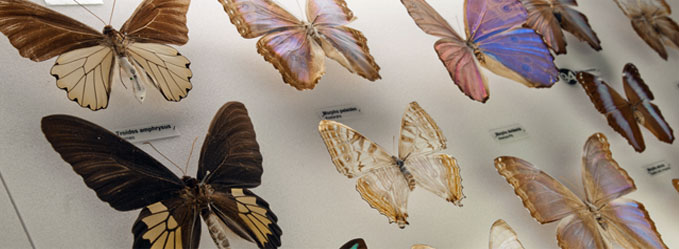
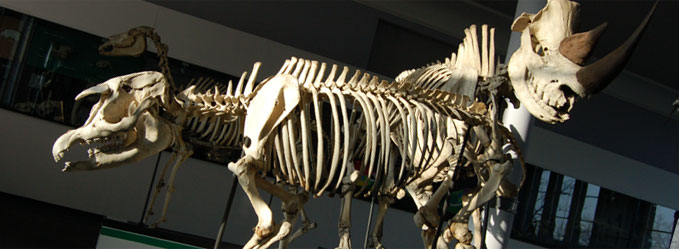
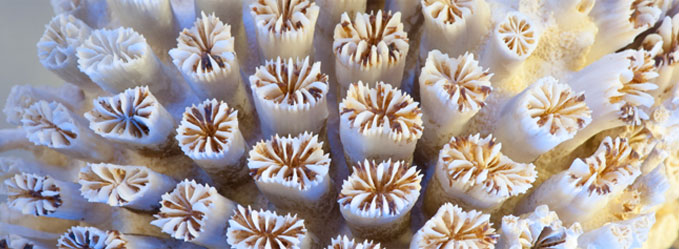
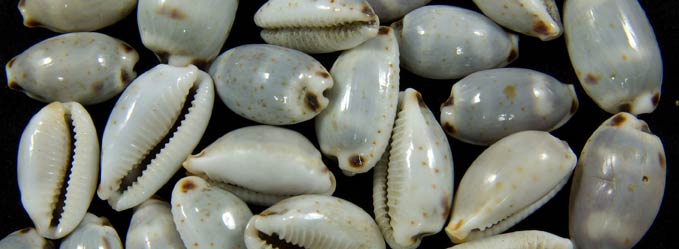
Monday: closed
Tuesday - Friday: 9.00-16.30
Saturday - Sunday: 10.00-17.30
more information
Entomological collections
The collections of insects include representatives of almost each order and total over 1 million specimens. The richest are the collections of beetles (over 500 000 specimens), butterflies (ca. 250 000 specs) and hymenopterans (over 100 000 specs). The collection has been built up since the beginning of the Museum's existence, the oldest specimens dating back to the early 19th century. Specimens from the Western Palaearctic, in general well-documented, are absolutely predominating. In the case of most groups, collections from other zoogeographic regions are scanty, the specimens often lacking basic evidential information; among the exceptions is Niepelt's collection of exotic butterflies. Having sustained damage during World War II, the collections are enlarged with materials which are scientifically described by successive curators and, sporadically, specimens acquired through purchase or donation.
The Museum holds more than 5 000 descriptive types of over 1 300 insect species, including ca. 1 000 species of hymenopterans representing the family Ichneumonidae and described in the first half of the 19th century by the founder of the institution, J. Gravenhorst. Most of them are going to be catalogued in collaboration with specialists in particular groups.
Also, almost 200 pieces of the Baltic amber with inclusions of insects, preliminarily documented by J. Koteja and catalogued, are kept in the Museum.
The most important insect collections
KOLEKCJE HISTORYCZNE
Hymenoptera
J. Gravenhorst's collection of ichneumons Ichneumonidae
With no doubt, the most precious of our collections. Of the original 25 glass-cases, 19, including ca. 5 000 specimens, have been preserved. This collection contains almost exclusively descriptive types of species (over 1 000) described by J. Gravenhorst, mainly in his three-volume monograph "Ichneumonologia Europaea" published in 1829. It has been documented by several dozen specialists from all over the world.
J. Noskiewicz's collection of hymenopterans (mainly Aculeata)
It comprises ca. 30 000 specimens, including several scores of holotypes, syntypes and paratypes of species described by the author. Some of those types got damaged during the war.
R. Dittrich's collection
One of the older collections, comprising over 50 000 specimens which represent all groups of Hymenoptera.
Coleoptera
R. Scholz’s, W. Kolbe’s and G. Polentz's collections of beetles
These three collections number nearly 400 000 specimens in total, and contain mainly Silesian material. They jointly make the largest preserved collection of coleopterans from the regions of Lower and Upper Silesia not only in Poland but also in Europe. Among the specimens there are several scores of descriptive types and specimens constituting evidential material of nearly 250 faunistic and taxonomic publications from the late 19th century and the first half of the 20th century.
Lepidoptera
An integrated collection of diurnal butterflies of the Palaearctic
It combines parts of Wiskott's, Nagel's, Streckfuss-Gärtner's and Bannier's collections, and of some smaller ones, among others a collection of Silesian butterflies. There are 460 show-cases, 21 340 specimens and nearly 600 species, without taking into account varieties and aberrations.
M. Wiskott's collection of Palaearctic butterflies
Of the original collection, donated to the Museum in the early 20th century and comprising 6 cabinets and 285 showcases, 160 cases and cardboard boxes with a dozen or so thousand specimens have been saved from wartime damage. In great part, they have already been incorporated into the integrated collection (diurnal butterflies, smaller families of Heterocera). Ca. 70 glass-cases and boxes of nocturnal butterflies, mostly Geometridae and Noctuidae, are still awaiting incorporation.
W. Niepelt's exotic butterflies collection
It includes diurnal and nocturnal butterflies occurring in South America, the Sunda Archipelago and tropical Africa - altogether 13 000 specimens in 320 glass-cases.
Th. Goetschmann's collection of Microlepidoptera
One of the few larger collections of Microlepidoptera from the last century preserved in Poland, comprising 60 glass-cases with 22 000 specimens. The majority of specimens are from the region of Silesia and they constitute a source of precious information on the distribution ranges, and changes to them, of these relatively poorly known butterfly families.
MODERN COLLECTIONS
Insecta
Insect collections from New Caledonia
It was collected during four scientific expeditions between 2004 and 2010, and includes tens of thousands of specimens, mainly Coleoptera (one of the largest collections of New Caledonian beetles in the world), but also representatives of several other orders of insects, especially Hemiptera. It contains hundreds of species new to science, which are documented by dozens of specialists all around the world.
Heteroptera
A. Wróblewski's collection of aquatic heteropterans
Purchased for the Museum in the late 1980s along with complete documentation and library of the author, who was engaged in the study of the family Corixidae particularly. The collection numbers 2 000 mounted specimens, 1 400 microscope preparations (including 59 types) and over 4 000 test tubes with material submerged in alcohol (assessed roughly at 150-200 thousand specimens).
Mallophaga
J. Złotorzycka's collection
This collection, donated in 1998, consists of over 10 000 microscope slides, including 138 descriptive types - 68 of which are holotypes - of bird lice. The only in Poland and presumably the largest in Europe collection of this group of animals.
Coleoptera
J. Pluciński’s collection
As requested by Professor Pluciński the collection was donated to the Museum by his family in 1999, together with the literature gathered. It includes two families of beetles: the biggest collection of the world's Attelabidae in Poland (30 showcases, about 130 species, 850 specimens) and one of the largest collections of Palearctic Cerambycidae (70 showcases, 1 400 species, 7 000 specimens).
P. Stachowiak’s collection
One of the largest collections of Polish weevils (Curculionoidea), with approximately 50 000 pinned specimens and hundreds of thousands of specimens in vials, documenting dozens of faunistic author’s publications. Except material from Poland (> 90%) it also includes species from different Palearctic regions. It is one of the first major collections fully catalogued electronically.
Other chosen collections:
Coleoptera - an integrated Palaearctic collection, grouping ca. 80 000 specimens (of low scientific value due to the majority of specimens being of unknown origin and lacking legitimate labels).
Hymenoptera - v. Goetsch's collection of ants Formicoidea (800 microscopic preparations and ca. 20 000 dried and poorly labelled specimens in vials).
Diptera - Scholtz's collection (ca. 13 000 specimens representing most of the families, mainly from Silesia).
Blattodea, Orthoptera, Mantodea - a dry collection of ca. 4 000 specimens, in varied preservation condition, the majority unidentified, coming mainly from southern Europe and Costa Rica.
Hemiptera - R. Scholtz's collection (not arranged, comprising European and tropical species - totally ca. 8 000 specimens; these are probably materials subsidiary to the collection of hemipterans currently housed at the museum in Jena, but they also include specimens labelled as types).
Odonata and Neuroptera - a post-German collection of unknown origin, ca. 2 000 specimens in total.
Collection’s Curators
prof. dr hab. Marek Wanat
marek.wanat@uwr.edu.pl
dr hab. Paweł Jałoszyński
scydmaenus@yahoo.com
pawel.jaloszynski@uwr.edu.pl
Jerzy Szypuła
jerzy.szypula@uwr.edu.pl
mgr Anna Wanat
anna.wanat@uwr.edu.pl
